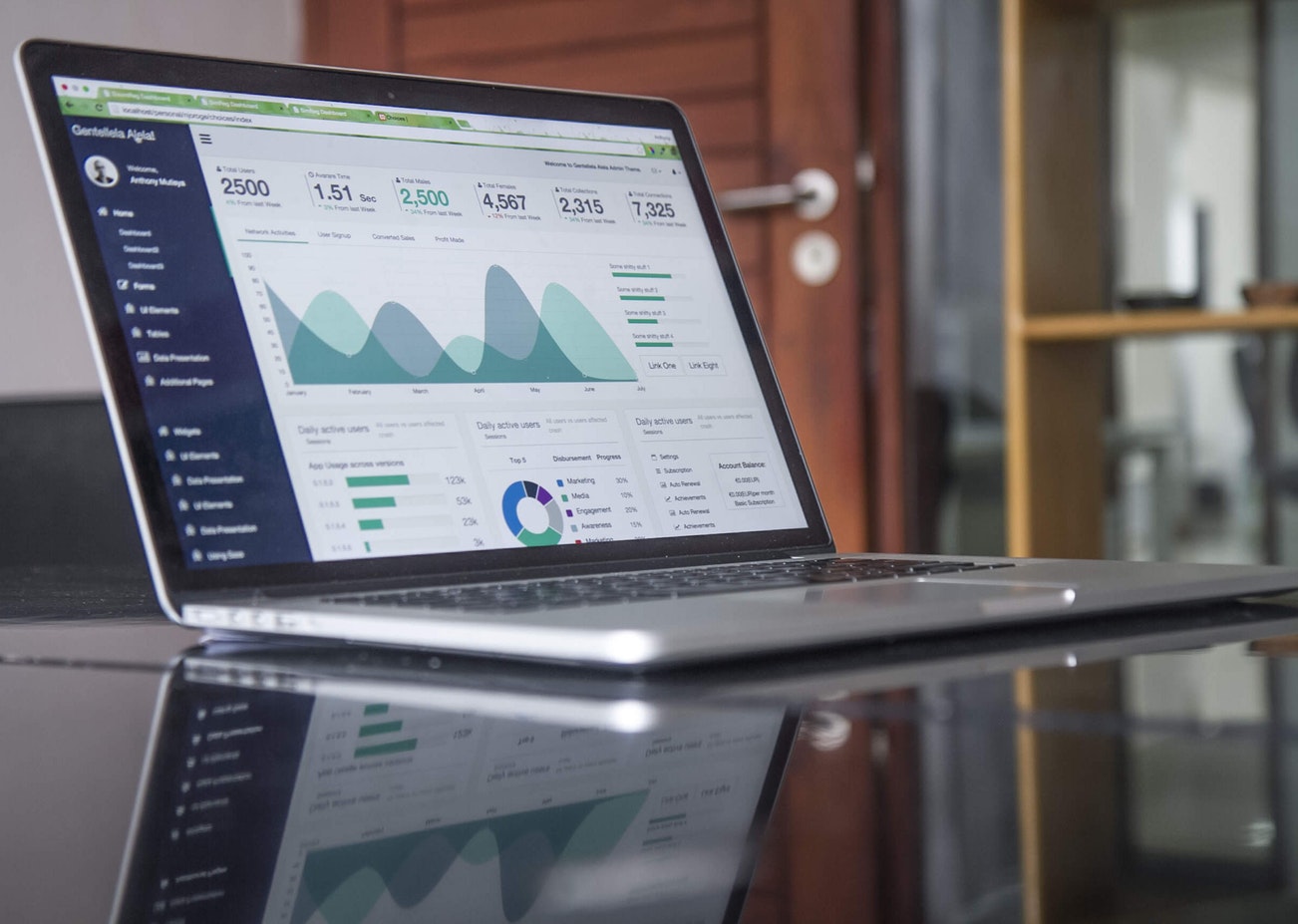
When you sell online, you have access to plenty of data. Where people found you, how long they stay on the page, what product they are looking at and so much more. There is a decent ROI to be made when it comes to online sales. But, if you aren’t making the most of the technology you have available, it is basically a waste.
There are a few ways that you can use your analytics to push for a real change in your sales, for this, we are going to skip those social metrics and look to Google. If you are particularly interested in breaking down behavior factors, then you should take some time for research and include significant information such as this article.
Mobile
If your website isn’t set to work on mobile phones and tablets, that should be a starting point for you. Head back to the drawing board and fix it. Mobile conversions account for a considerable percentage of online purchases. If you aren’t sure about your mobile user experience, then simply head to your own website and try to make a purchase. Everything that annoys you consider it a lost sale.
Mobiles typically have a smaller screen size, meaning that fonts might be too little, buttons may be too close together, and images might make the whole thing loads slower.
If you want to see what is going on in your mobile analytics – once in your Google webmaster dashboard, go to Audience, then Mobile and finally Overview. If your mobile conversion rate is much less than that of your desktop, it is a good indicator that you’re losing sales.
Top Converting Pages
It pays to know what is the most popular page. If you have eBooks or clothing and multiple pages, where are those sales coming from?
Some pages bring a lot of traffic in, but they might not be the ones that bring the sales.
Here is how to find it. Look for Reverse Goal Path report, it will be on under Conversions on the left sidebar. Then, select the goal(s) that you would like to view. You should now see the individual pages that people went through on their way to making a purchase. Use these pages as your purchase assists. This means that typically people are convinced to buy something after seeing that page. Funnel your social media to point to those pages.
Site Search
When people are searching for something, your Google analytics can tell you what they searched for, where they searched for it and on what device. But, so can your own website. Having a search bar on your own website means that when people arrive, who don’t have time to search (or don’t want to), they can type in the topic they want to read about, or item they want to share and find it.
Set this up in Google Analytics too. Head to the Admin sections (under View Settings and then Site Search). Once you have enabled this, then you’ll go to the Behavior tab, look for Site Search and Search Terms.
You’ll then be able to login and see what people are looking for. If a popular post or product is being searched for, then use that information to promote it a little more. A tip here is to apply a lowercase filter so you won’t see ‘pink bike’ and ‘Pink Bike’ in separate %, it will combine them.
You have access to the number that will enable you to streamline your entire conversion stream, so start exploring a little more.


